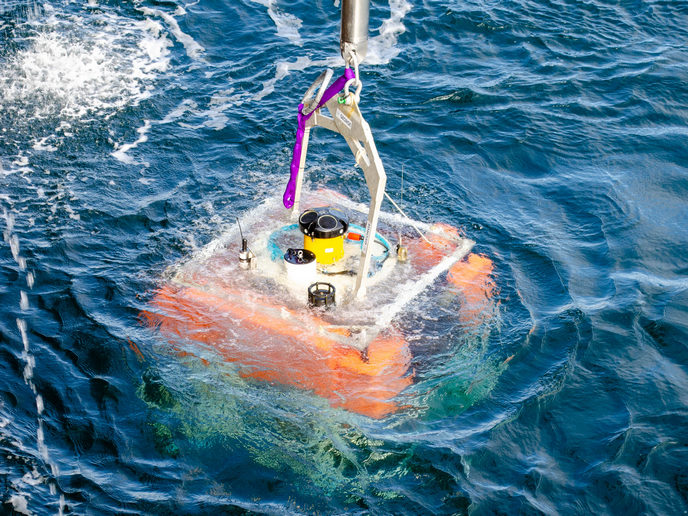Helping shrublands face climate change
Valuable shrublands with their rich biodiversity could be under threat from climate change. This was addressed by the INCREASE(opens in new window) (An integrated network on climate change research activities on shrubland ecosystems) project. The initiative developed sustainable non-destructive techniques for long-term sampling at experimental field sites. Bringing together seven research infrastructures to conduct extensive field experiments, the project developed non-intrusive technology for field manipulation of climate change in shrubland ecosystems. The manipulations included elevated carbon dioxide levels, increased temperature, and changes in precipitation amounts or patterns. Project partners also improved and developed safe techniques and methods to measure the physical, chemical and biological effects of the climate on shrublands. This involved testing and applying better methods for assessing carbon content in ecosystems and for analysing root dynamics and carbon transformation in the soil. Furthermore, the consortium studied existing technology for ecosystem warming and developed a prototype automated chamber for net ecosystem exchange (NEE) measurements. Project partners conducted field studies and laboratory tests to validate or improve upon existing knowledge in the field, producing detailed reports on climate change manipulation technologies. Different technologies under evaluation included passive night-time warming, rain collection, optimum moisture systems and clean rain irrigation. Measuring the response of shrublands to climate change over a period of several years gave researchers a unique opportunity to compare short- and long-term responses. This allowed scientists to determine to what extent short-term experiments provide sufficient and suitable information regarding the long-term consequences of climate change. In addition, the consortium developed models and databases related to different ecosystems. These were used for water balance models, to improve fire risk assessment tools, and to develop and test dynamic ecosystem simulation models by projecting long-term responses based on short-term experiments. INCREASE provided more realistic results of climate change impacts on shrublands, such as changes in soil erosion, fire risk, water chemistry and carbon sequestration. It also provided data regarding the value of shrublands as habitats for biodiversity and realistic climate change manipulation experiments. Reports, scientific papers and tools arising from the INCREASE project will also give valuable support to policymakers in mitigating the effects of climate change in sensitive shrubland areas, preserving biodiversity and supporting nearby communities.







